Amiantos
A village with a distinct wild beauty
Amiantos is a village in the Limassol province. Previously, there were two neighboring villages named Amiantos: Kato Amiantos and Pano Amiantos. Pano Amiantos was abandoned after the closure of the Amiantos mine in the area.
In 2005 the two communities became one under the name of Amiantos!
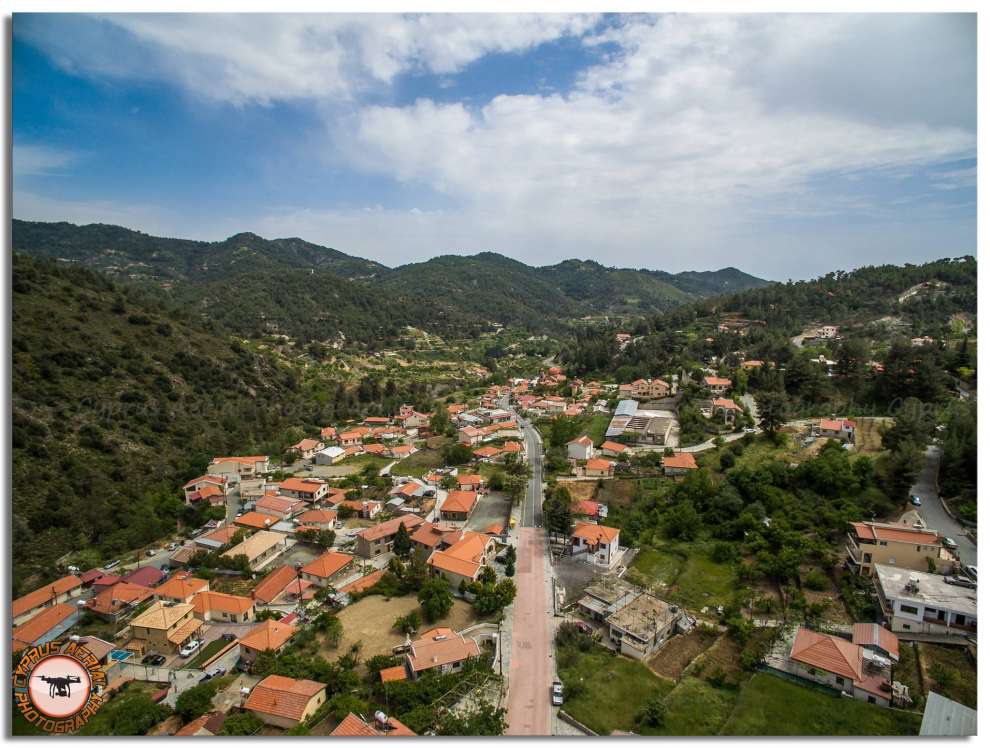 Photo: Cyprus Aerial Photography
Photo: Cyprus Aerial Photography
Amiantos is a village with a distinct wild beauty. It is undoubtedly one of the most famous villages of Cyprus, mainly due to its mines and its proximity to the Troodos mountain range. It belongs to the geographical region of Pitsilia and it is about 48 km from the city of Limassol.
Kato Amiantos is built at an altitude of 1100 metres above sea level while Pano Amiantos is at an altitude of 1365 metres.
Amiantos is bordering Pelendri to the south and east, with Dymes in the east, with Kyperounta in the northeast, Kakopetria to the north, Platres to the west and Moniatis to the southwest.
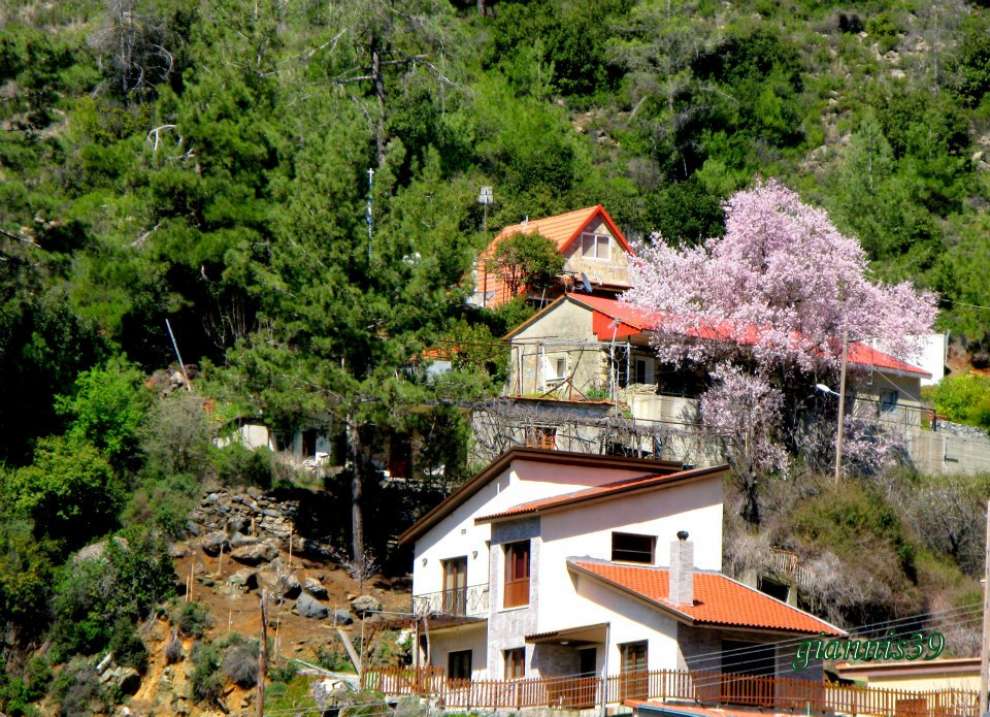 Photo: Giannis39
Photo: Giannis39
The village houses with sloping roofs of tiles combined with rich vegetation, fruit trees, vines and aromatic shrubs offer the visitor a very beautiful sight.
The crops of the region:
Amiantos consists of large areas of cultivated and uncultivated land. Uncultivated land contains poplars, pines and wild vegetation.
On arable land, the inhabitants of the village are cultivated with apple trees, pear trees, peach trees, figs, vegetables and almonds, as well as a few vines.
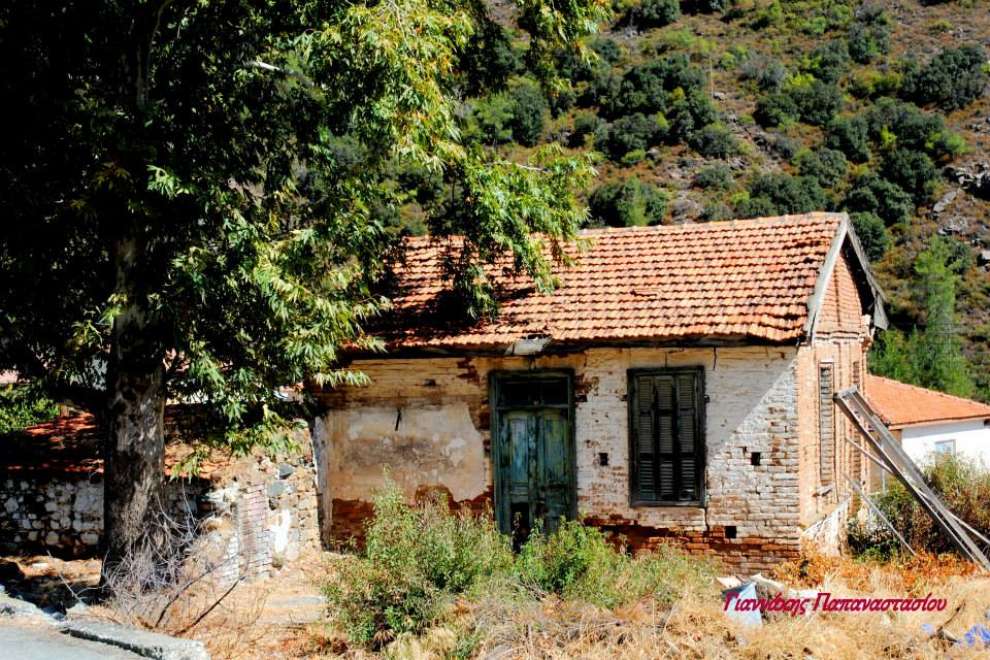 Photo: Γιαννάκης Παπαναστασίου
Photo: Γιαννάκης Παπαναστασίου
Historical data:
The history of the village is directly related to the Asbestos mining mine that existed in the area.
During the Greco-Roman era, the Asbestos valley was inhabited by a large number of inhabitants and this was due to the valley and the river that crossed it. Later, however, the Asbestos valley was destroyed due to frequent Arab raids as residents were forced to move to more secure areas where there was water and greater security.
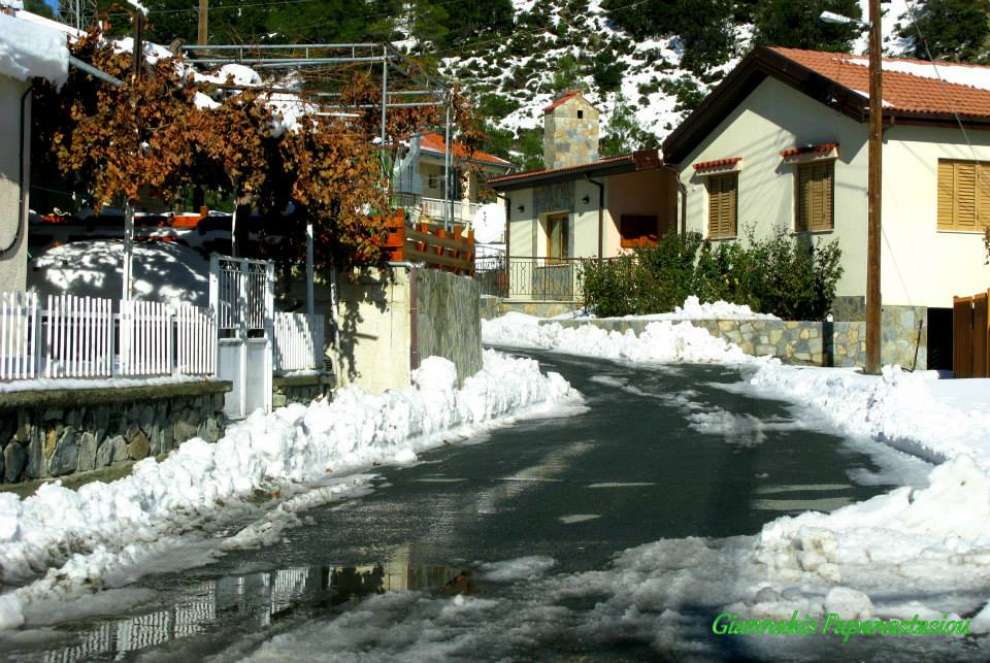 Photo:Γιαννάκης Παπαναστασίου
Photo:Γιαννάκης Παπαναστασίου
The mining of Asbestos in the mining area began in 1904 by residents of the surrounding villages. Subsequently, the right was given to various foreign companies to arrive in 1934 in the Cyprus Amiantopihia Mines Ltd company. By the 1950s Amiantos mining had been done manually, and for that reason a few thousand people were employed in the mine. The inhabitants of the village were the workers in the mine and so it slowly developed in the area of the village.
In the early years, Amiantos was transported to Limassol with a 30km long railway line. In the years to come the transport was done by road. After the mine closure in 1988, Pano Amiantos was gradually abandoned. The two communities joined together in 2005, called Amiantos.
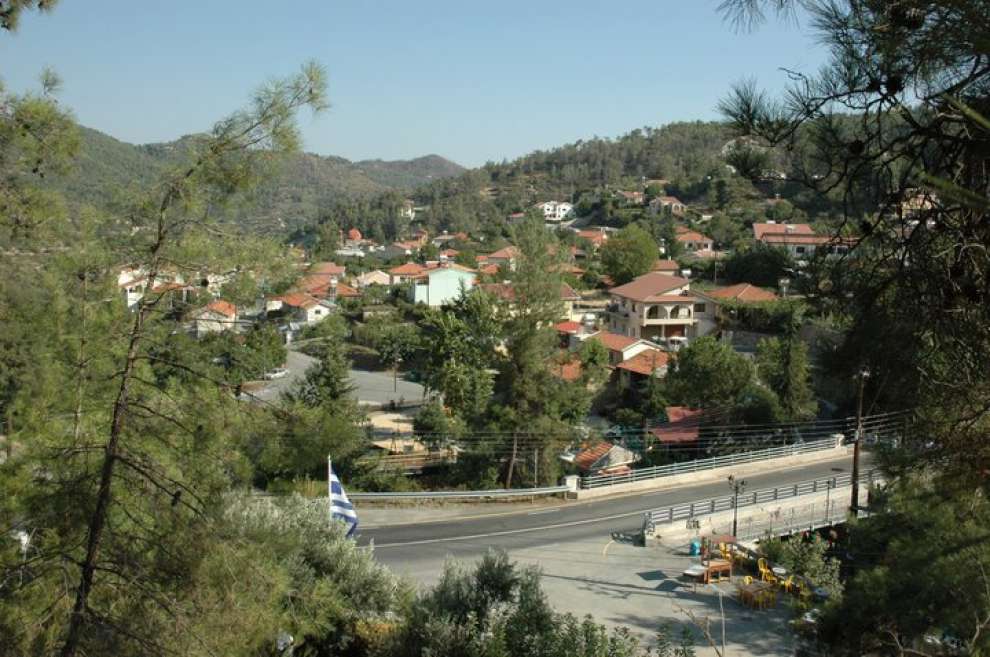 Photo: Φωτογραφικές Στιγμές
Photo: Φωτογραφικές Στιγμές
The name of the village:
The name Amiantos (meaning Asbestos) is directly linked to the mine in the area. From this Asbestos mining came the present name of the village.
The first inhabitant of the village was Hadjiktoris, who moved to the area later named Kato Amiantos in 1918. The settlement was originally called the village of Hadjiktori. Then the name of the village became Kato Amiantos.
Sights and Churches:
Taking a walk in the Amiantos community you will see the village's mines in Pano Amiantos. Part of the mine turned into a botanical and was named AG. Leventis. The botanical garden was created in collaboration with AG. Leventis with the Department of Forests of the Ministry of Agriculture and Natural Resources, and in particular thanks to the generous contribution of AG. Leventis and the implementation of the project by the Department of Forests.
In the past there were three watermills in Amiantos, where the inhabitants of Pitsilia had ground their wheat. There is also an old bridge built in 1902. It is worth noting that a little higher than Kato Amiantos before the mine was built, the monastery of Agios Mamas was built with orchards, gardens and running cold waters.
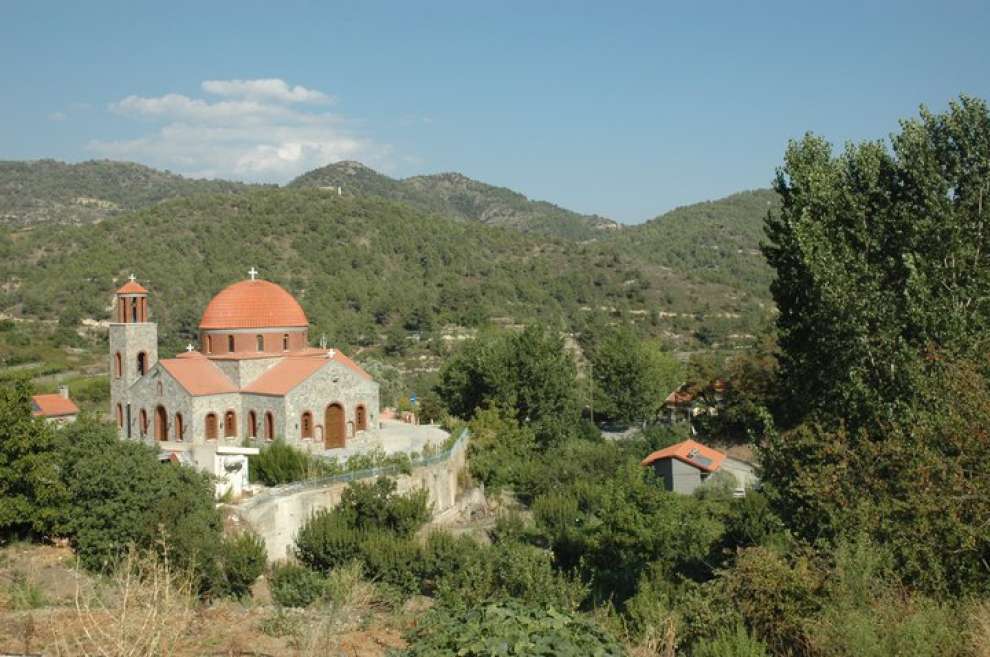 Photo: Φωτογραφικές Στιγμές
Photo: Φωτογραφικές Στιγμές
At the centre of Amiantos there is the Amiantos Community Park "Hadjiktori". Hadjiktori's home has been renovated and can be visited by everyone. Additionally, a Heroes Monument dedicated to the hero Evagoras Papachristophoros is built in the village.
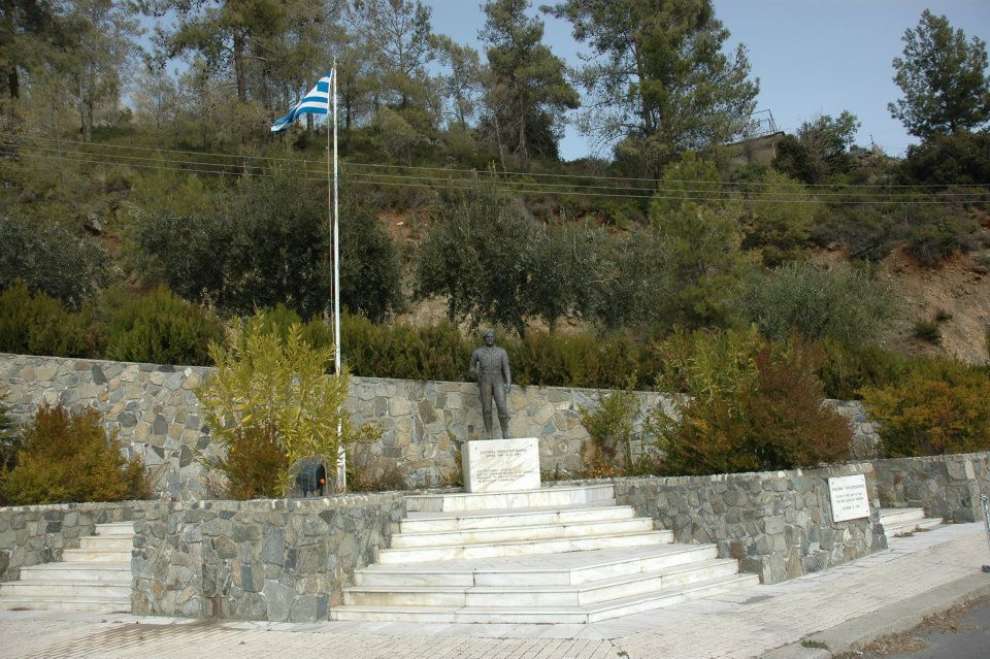 Photo: Φωτογραφικές Στιγμές
Photo: Φωτογραφικές Στιγμές
Finally, there is the central church dedicated to Apostle Andrew and a chapel dedicated to Agia Paraskevi. While at the border of Amiantos-Pelendrio, you will see a chapel dedicated to the Virgin Mary.
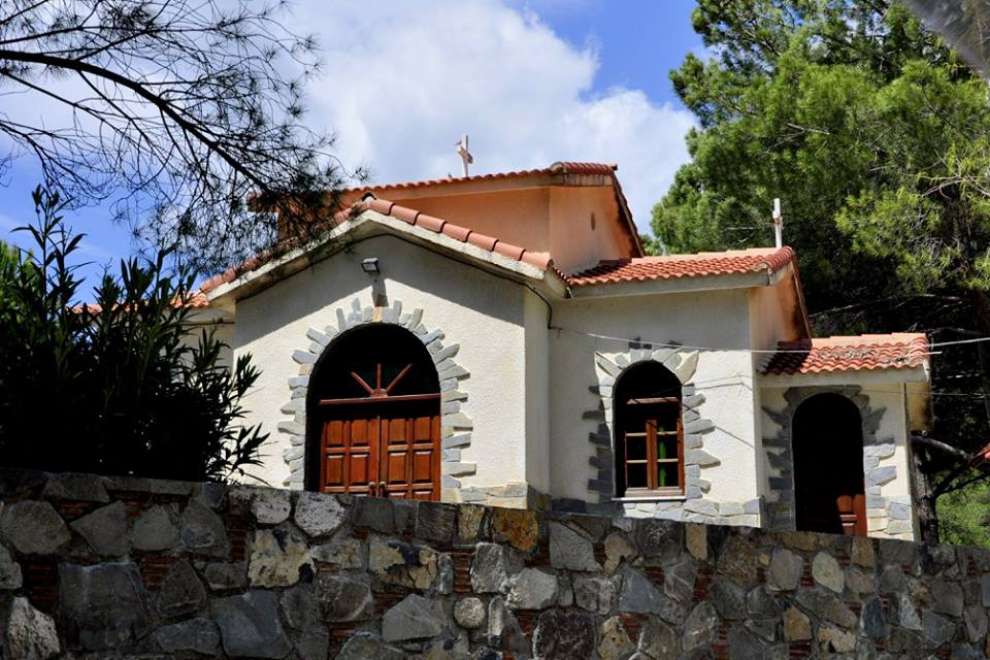 Photo: Φωτογραφικές Στιγμές
Photo: Φωτογραφικές Στιγμές
Population:
According to the population censuses carried out in Cyprus, the population of Amiantos was greatly increased at the time when the amiantos mine was in operation and especially when Asbestos mining was done manually. Following the closure of the mine (1988) and also due to urbanization, the population declined even further.
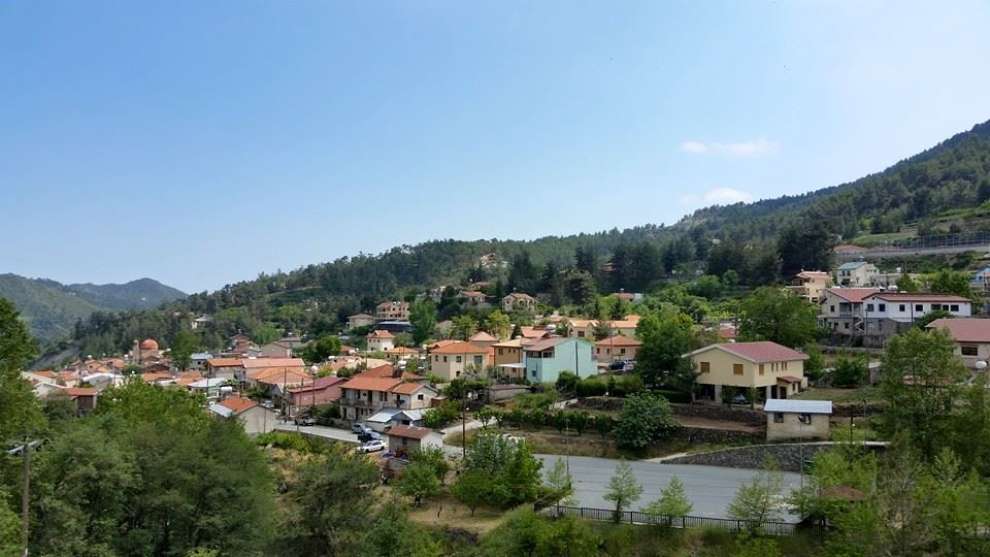 Photo: ΑΝΔΡΕΑΣ ΧΡΙΣΤΟΦΟΡΟΥ
Photo: ΑΝΔΡΕΑΣ ΧΡΙΣΤΟΦΟΡΟΥ
In 1931 the census concerns only Kato Amiantos, who inhabited 179 inhabitants. In the remaining censuses carried out, until 2001, the population of Kato and Pano Amiantos is added. Thus, in 1946, the two communities numbered 937 inhabitants, the population began to decline significantly, reaching in 2001 only 222 inhabitants. In the 2011 census the community was recorded as a single one after the merger between Kato and Pano Amiantos and 228 inhabitants.
Crops of Amiantos:
Apple trees, cherry trees, peach trees, pear trees, walnuts, plums, olives, almonds and vineyards of wine grape varieties are grown.
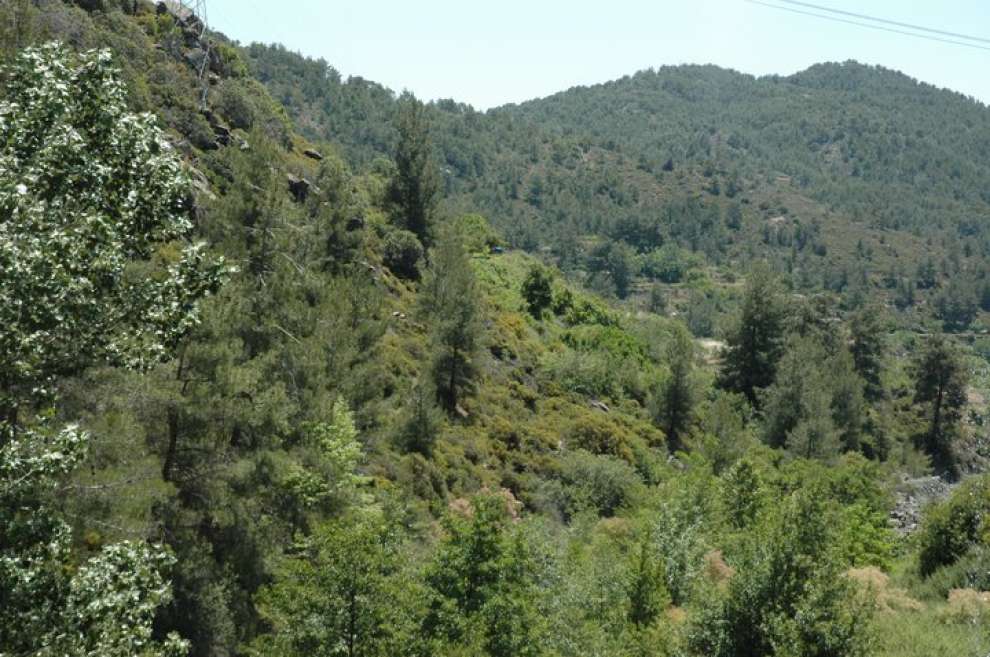 Photo:Φωτογραφικές Στιγμές
Photo:Φωτογραφικές Στιγμές
For the map of the area, click HERE

 English
English
 Ελληνικά
Ελληνικά Русский
Русский









